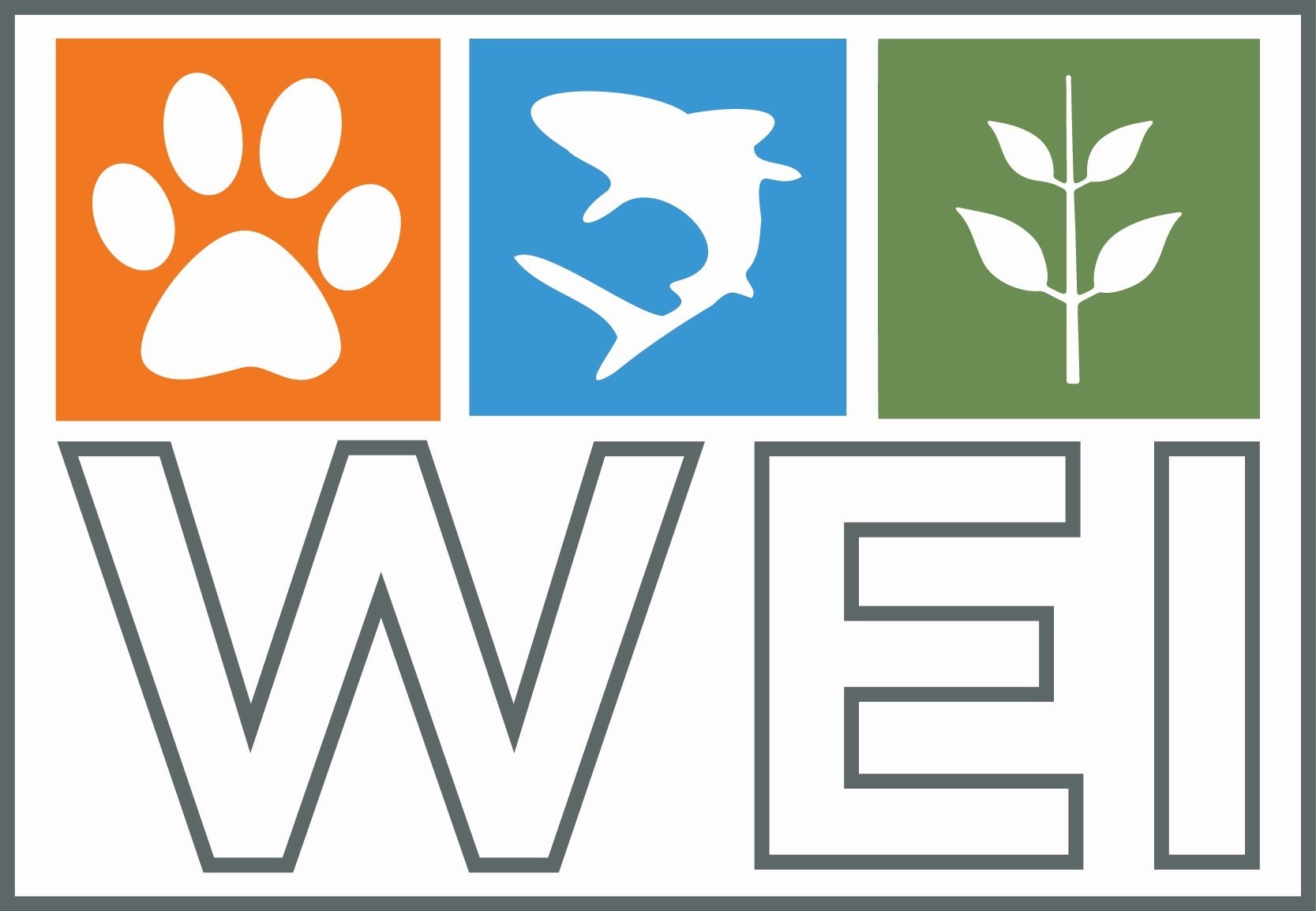Wild dog den site near our camp in Greater Kruger Park
In this rare footage from June 2019, we are able to see some interesting wild dog behavior. Not only were we lucky enough to see wild dogs but in this case the dogs chose to den in a hole under the tangled roots of a Mashatu tree at one of our field survey sites.
We can see the some of the adult dogs sniffing the ground excitedly. It is possible they are sniffing the spot where the pups were born! The birthing time of wild dogs coincides with the mating season of the impalas. This appears to allow the wild dogs an abundant resource of the young impalas which are still weak and easy to catch as prey source.
During the denning period, the typical nomadic behavior of the pack is changed to a sedentary lifestyle and the dominant pair will busy themselves with locating and preparing a number of den sites to house the new additions. The den is a necessary protection and the pups are moved to several different den sites during their early development. This not only serves as protection against parasites which may accumulate from many dogs living in a small area, but also offers protection from other carnivores such as leopards, lions and hyena which are known to compete with wild dogs and kill their pups.
Things happen fast in the life of wild dogs with the pups emerging from the den at around three weeks old to suckle outside. The pups are weaned at five weeks when they feed on regurgitated meat brought back by hunting parties of adult dogs. At seven weeks the pups begin to take on an adult appearance and at only 10 weeks old the pack abandons the dens and the pups join in the nomadic lifestyle typical of the adults. They will be given preference to eat at the kills until they are around one year old.
Here we see a dog, which is most likely the mother and dominant female, bring a pup out of the den in order to perform some maintenance and perhaps to allow the other pack members to meet the pups.
We can hear the excited whining typical of wild dog interactions and see the bulging belly of the mother with a pup in her mouth. As there are only 2 pups visible in the video and the average litter size is around 10 pups, it is possible that she is still carrying more pups while she prepares a safe den for them to spend the first few weeks of their lives.
Wild dogs do not dig their own den but like many other animals, use the abandoned burrows of animals such as warthog and aardvark which are both highly capable diggers. The dogs will then dig to expand the den in order to accommodate their new family.
Wild dog social behavior is highly complex.
The two dogs seen in contact with the pups are likely to be the dominant female and her mate. These two will breed at least once a year during favorable conditions. The subdominant female will also birth a litter if the prey is abundant and the pack is capable of supporting an extra litter.
@3:16 while the mother is renovating the den we can see the submissive behavior of the babysitter as a darker colored dog approach. The submissive posture is unmistakable as the babysitter stands over the pups and lowers its head while vocalizing. Although this is a submissive posture it gives the defending dog access to the approaching dogs throat readying for a fight to defend the pups if needed.
The whole pack contributes to the care of the pups. This can be seen @2:58 when the baby sitter moves a pup and it cries out, the two adults in the background become more alert and keep and eye on the babysitter and the pups.
It is interesting to see the interactions between the parents and the other members of the pack. Wild dogs have a submission-based rather than a dominance-based hierarchy. Instead of displaying aggression and fighting they will first adopt submissive postures and behavior to avoid conflict. One of the possible reasons for this is that an injured dog will decrease the hunting efficiency of the of the whole pack placing the group in a dangerous situation.


